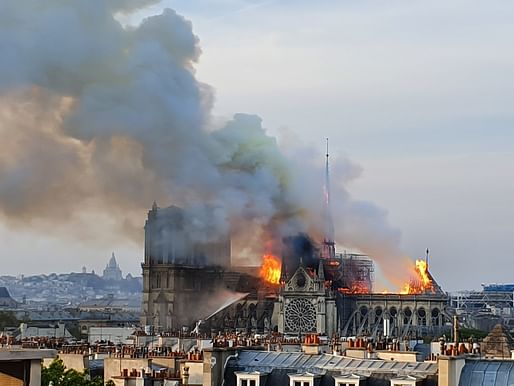

Some of what went wrong that night has been reported in the French news media, including Le Monde and Le Canard Enchaîné. Now, The New York Times conducted scores of interviews and reviewed hundreds of documents to reconstruct the missteps—and the battle that saved Notre-Dame in the first four critical hours after the blaze began.
What became clear is just how close the cathedral came to collapsing.
— The New York Times
A stunning visual report from The New York Times lays out a chain of events chronicling the heart-wrenching battle to save Notre-Dame cathedral as it burned uncontrollably on April 15, 2019.
The article points to several key lapses in the design of the cathedral's fire safety systems that ultimately allowed the fire to rage unimpeded for nearly an hour before fire fighting efforts got underway.
The report, for example, highlights the convoluted design of Notre-Dame's high-tech fire warning system as contributing to the delay.
Glenn Corbett, associate professor of fire science at John Jay College of Criminal Justice in New York, told The New York Times, “You have a system that is known for its ability to detect very small quantities of smoke. Yet the whole outcome of it is this clumsy human response." Corbett added, "You can spend a lot to detect a fire, but it all goes down the drain when you don’t move on it.”
In addition, the report notes that the church's roof timbers—400-year-old old oak beams known colloquially as "the forest"—were left exposed without fire suppression systems or fire breaks installed.
No Comments
Block this user
Are you sure you want to block this user and hide all related comments throughout the site?
Archinect
This is your first comment on Archinect. Your comment will be visible once approved.